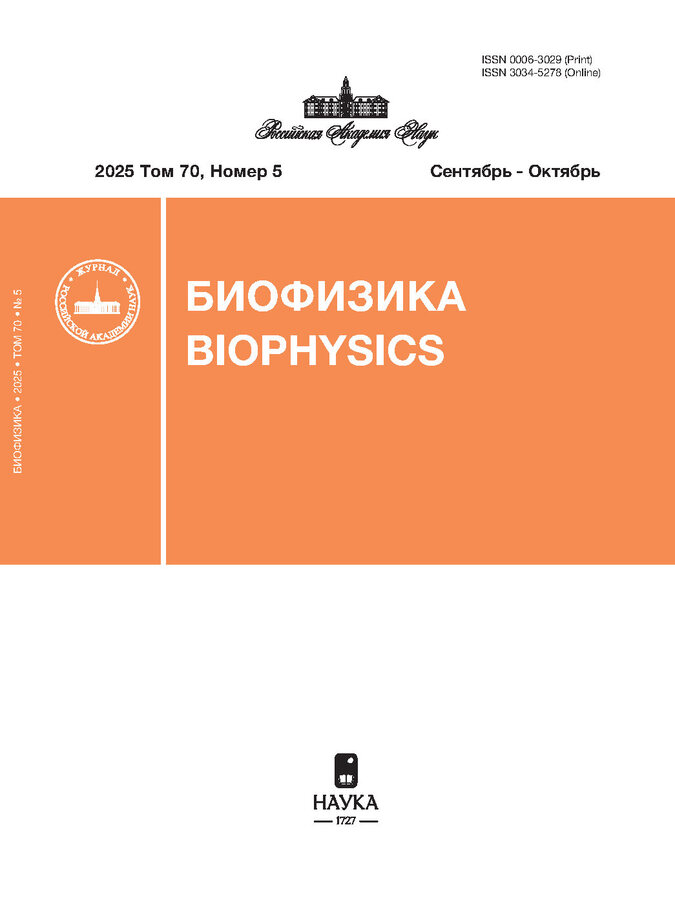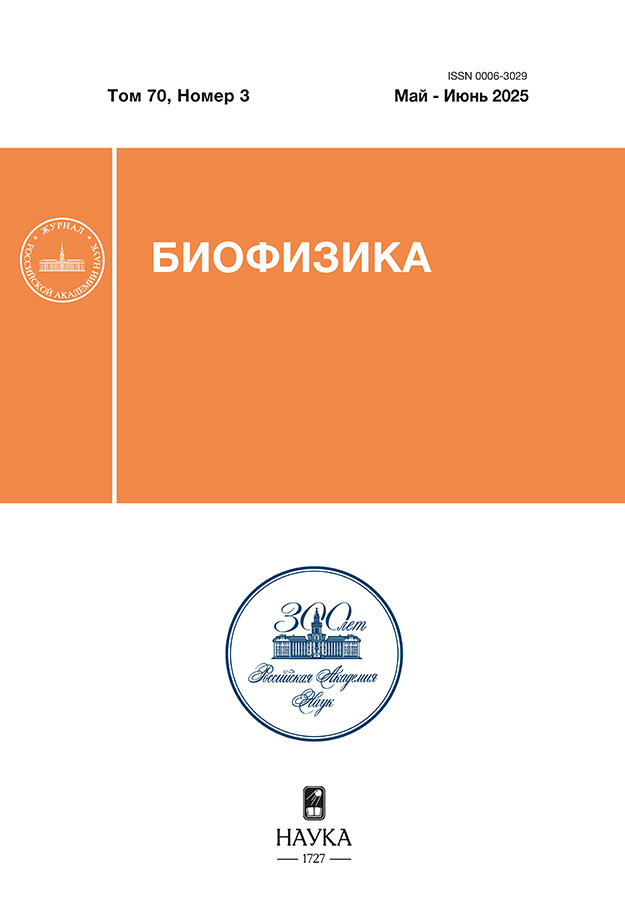СЛАБОВЫРАЖЕННОЕ ТОКСИЧЕСКОЕ ДЕЙСТВИЕ ДИНИТРОЗИЛЬНЫХ КОМПЛЕКСОВ ЖЕЛЕЗА ПРИ ИНГАЛЯЦИИ СИРИЙСКИХ ХОМЯЧКОВ В КАМЕРЕ NOSE-ONLY
- Авторы: Аньков С.В1, Шиповалов А.В2, Богатищева К.С1, Жукова Н.А1, Ванин А.Ф3, Ткачев Н.А3, Пьянков О.В2, Асанбаева Н.Б1, Багрянская Е.Г1
-
Учреждения:
- Новосибирский институт органической химии им. Н.Н. Ворожцова СО РАН
- Государственный научный центр вирусологии и биотехнологии «Вектор» Роспотребнадзора РФ
- Федеральный исследовательский центр химической физики им. Н.Н. Семёнова РАН
- Выпуск: Том 70, № 3 (2025)
- Страницы: 527-538
- Раздел: Биофизика cложныx cиcтем
- URL: https://edgccjournal.org/0006-3029/article/view/687542
- DOI: https://doi.org/10.31857/S0006302925030103
- EDN: https://elibrary.ru/KTEZXV
- ID: 687542
Цитировать
Полный текст
Аннотация
Об авторах
С. В Аньков
Новосибирский институт органической химии им. Н.Н. Ворожцова СО РАН
Email: sergey.ankov42@gmail.com
Новосибирск, Россия
А. В Шиповалов
Государственный научный центр вирусологии и биотехнологии «Вектор» Роспотребнадзора РФНовосибирск, Россия
К. С Богатищева
Новосибирский институт органической химии им. Н.Н. Ворожцова СО РАННовосибирск, Россия
Н. А Жукова
Новосибирский институт органической химии им. Н.Н. Ворожцова СО РАННовосибирск, Россия
А. Ф Ванин
Федеральный исследовательский центр химической физики им. Н.Н. Семёнова РАНМосква, Россия
Н. А Ткачев
Федеральный исследовательский центр химической физики им. Н.Н. Семёнова РАНМосква, Россия
О. В Пьянков
Государственный научный центр вирусологии и биотехнологии «Вектор» Роспотребнадзора РФНовосибирск, Россия
Н. Б Асанбаева
Новосибирский институт органической химии им. Н.Н. Ворожцова СО РАННовосибирск, Россия
Е. Г Багрянская
Новосибирский институт органической химии им. Н.Н. Ворожцова СО РАННовосибирск, Россия
Список литературы
- Шиповалов А. В., Ванин А. Ф., Пьянков О. В., Багрянская Е. Г. и Попкова В. Я. Противовирусная активность катионов нитрозония в отношении SARS-CoV-2 на модели сирийских хомячков. Биофизика, 67, 969–981 (2022). doi: 10.31857/S0006302922050167, EDN: JJZIZA
- Шиповалов А. В., Ванин А. Ф., Ткачев Н. А., Пьянков О. В., Асанбаева Н. Б., Аньков С. В., Багрянская Е. Г., Бакланов А. М., Валиулин С. В. и Стекленева М. Е. Противовирусное действие в отношении SARS-CoV-2 растворов динитрозильных комплексов железа при их ингаляции сирийским хомячкам в «nose-only»-камере. Биофизика, 68 (6), 1318–1328 (2024). doi: 10.31857/S0006302924060176, EDN: NKUCHT
- Ottenweller J. E., Tapp W. N., Pitman D. L., and Natelson B. H. Interactions among the effects of aging, chronic disease, and stress on adrenocortical function in syrian hamsters. Endocrinology, 126 (1), 102–109 (1990). doi: 10.1210/endo-126-1-102
- Orcutt C. J. Common hamster diseases and treatment. In: Proc. North American Veterinary Conf. (2005), pp. 1358–1360.
- Мирошников М. В., Султанова К. Т., Ковалева М. А. и Макарова М. Н. Вариабельность биохимических показателей крови и установление референтных интервалов в доклинических исследованиях. Сообщение 8: сирийские хомячки. Лабораторные животные для научных исследований, № 2, 88–98 (2023). doi: 10.57034/2618723X-2023-02-08
- Washington I. M. and van Hoosier G. Clinical biochemistry and hematology. In: The laboratory rabbit, guinea pig, hamster, and other rodents. Ed. by M. A. Suckow, K. A. Stevens, and R. P. Wilson (Academic Press, 2012), pp. 57–116. doi: 10.1016/b978-0-12-380920-9.00003-1
- Lewandowska H., Stepkowski T. M., Meczinska-Wielgolz S., Sikorska K., Sadlo J., Dudek J., and Kruszewski M. LDL dinitrosyl iron complex as an iron donor in mouse macrophages. J. Inorg. Biochem., 188, 29–37 (2018). doi: 10.1016/j.jinorgbio.2018.08.004
Дополнительные файлы











